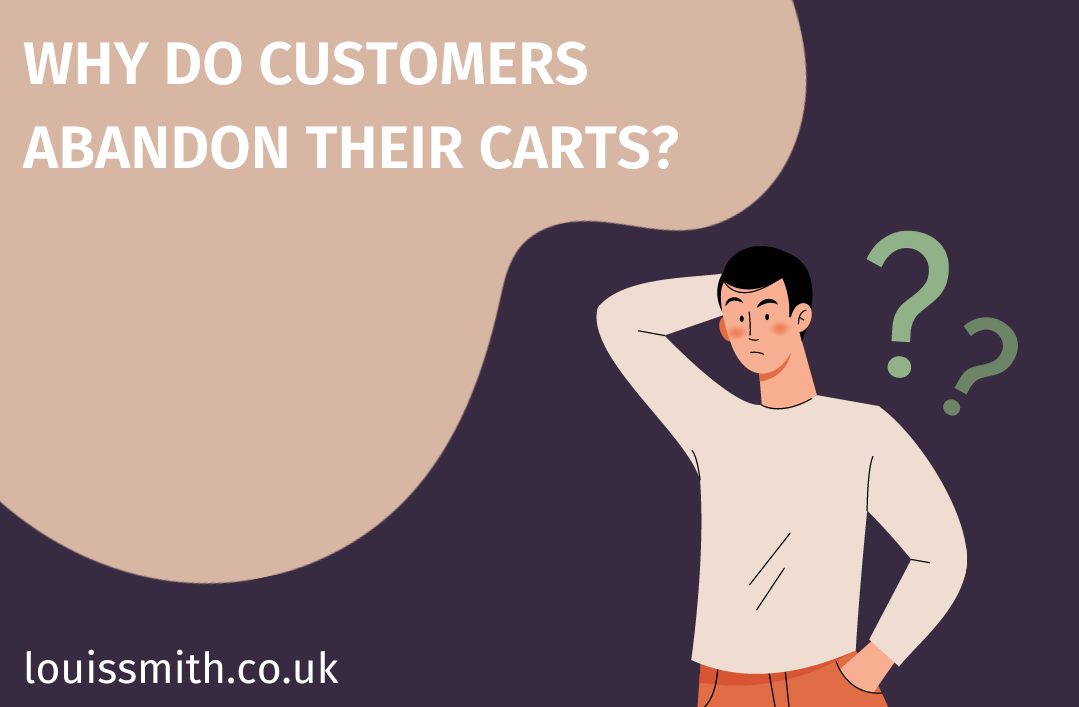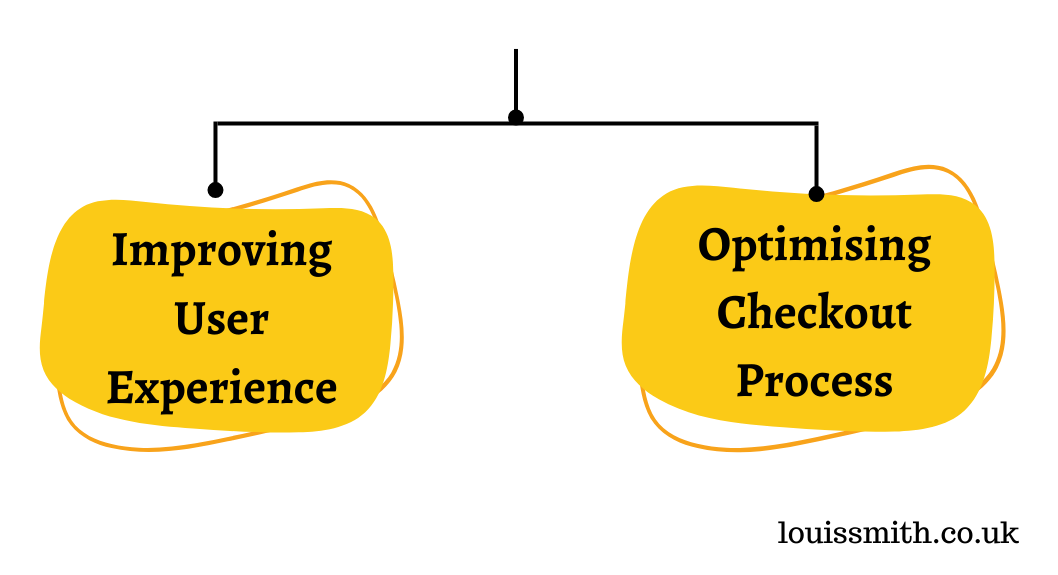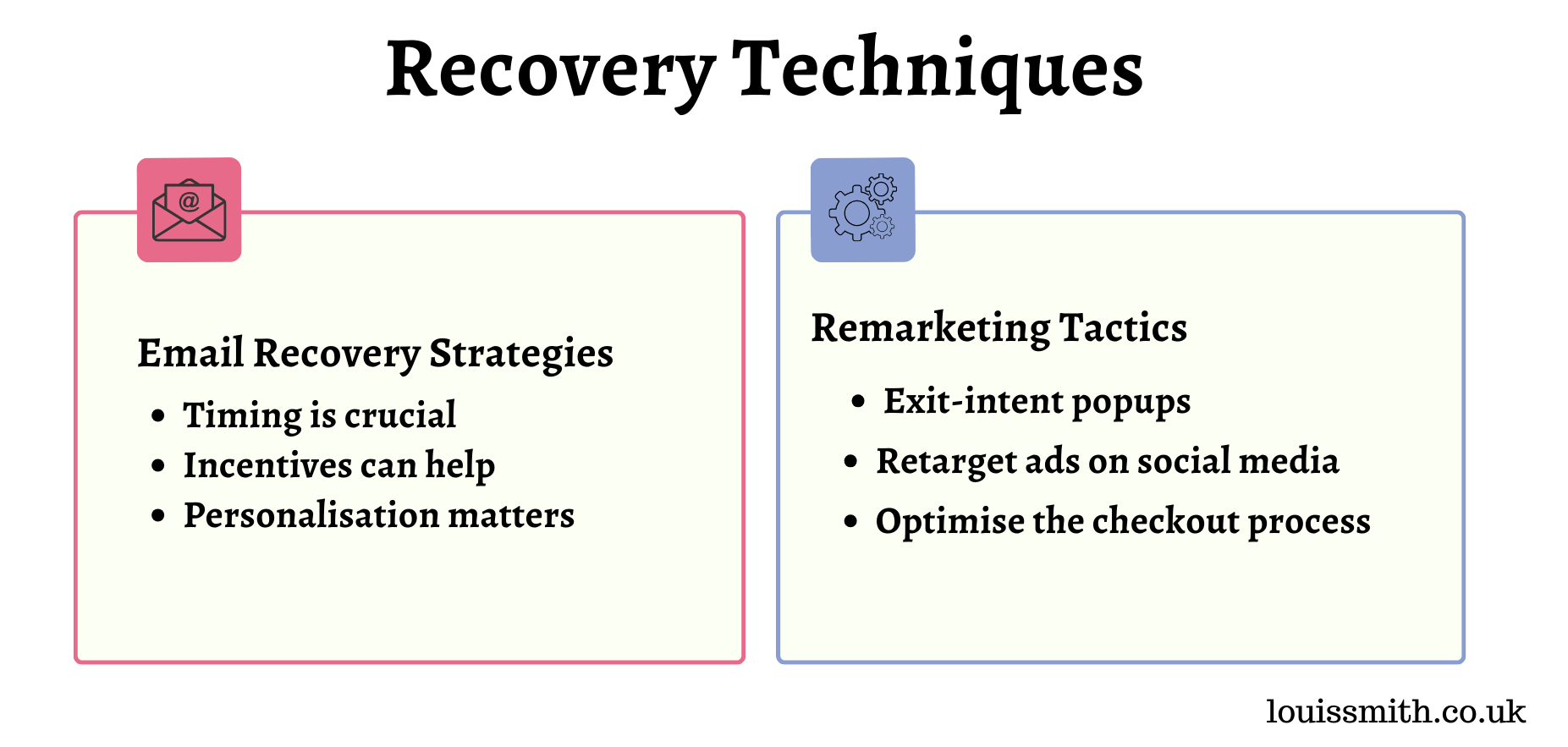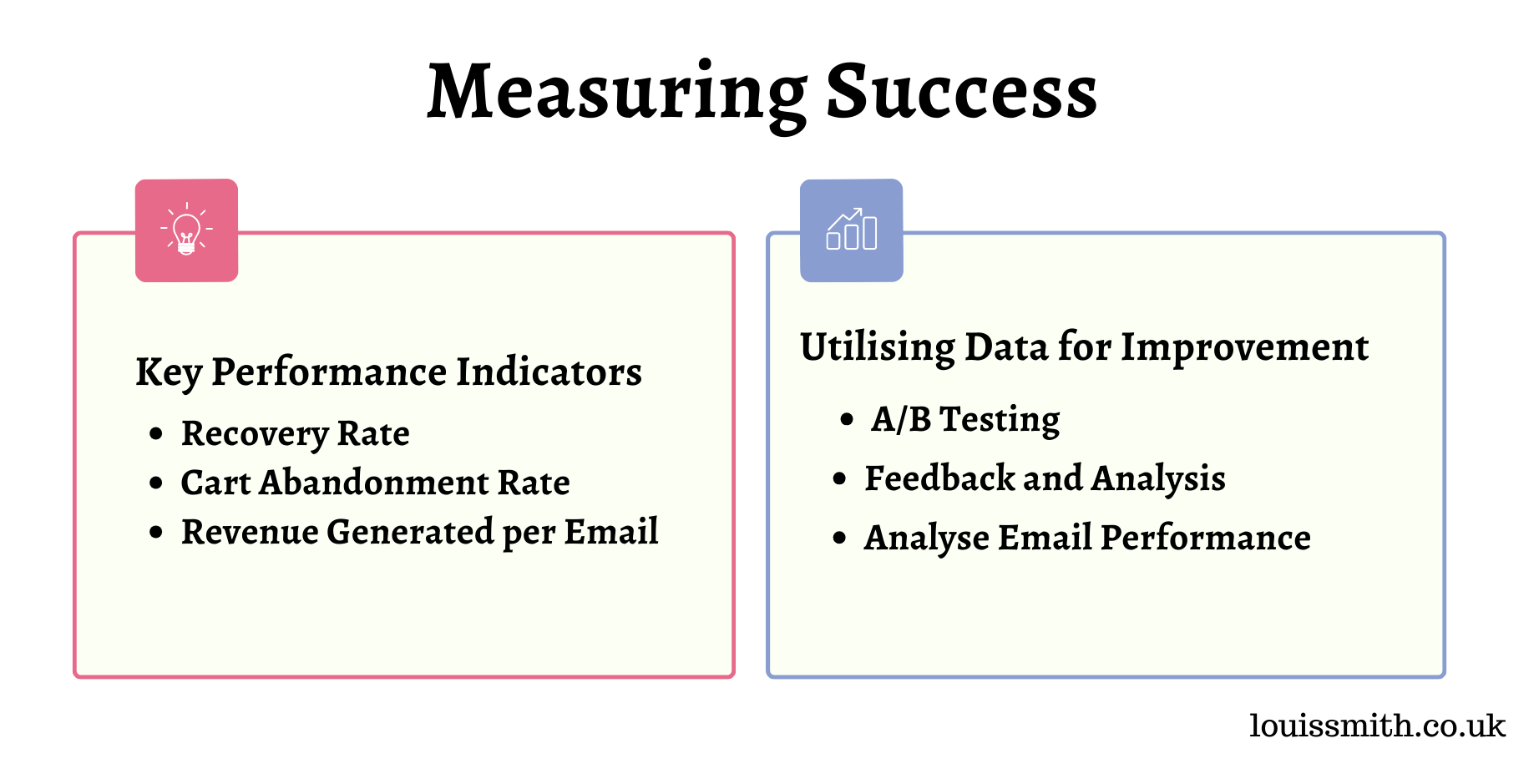Strategies for Effective Cart Abandonment Recovery: Quick Tips for Success
Over the years, I have had to come in and help businesses facing challenges in retaining customers and ensuring they complete their purchases.
One such challenge is cart abandonment. If this issue can be addressed effectively, you will definitely see an increase in sales for your business.
In this article, I’ll be discussing some of the most effective cart abandonment recovery strategies that have helped me turn potential lost sales into happy, returning customers. By implementing these methods, I’ve managed to optimise several online stores. Now, they perform, and the overall shopping experience for customers is better.
Understanding Cart Abandonment
Psychology Behind Cart Abandonment

There are various reasons why customers abandon their carts.
Some common reasons include;
- High shipping costs
- Complicated checkout process
- Customers just browsing without any intention of buying
Understanding the psychology behind cart abandonment can help you take steps to reduce it on your website.
For instance, studies show that offering free shipping or a discount can encourage more customers to complete their purchases.
Analytics and the Issue of Cart Abandonment
Analytics play a crucial role in better understanding and addressing cart abandonment issues. By regularly analysing cart abandonment data, you can identify patterns and determine the most effective recovery strategies. Here are some steps I take to address the issue using analytics:
-
Track cart abandonment rates: Monitoring the website’s cart abandonment rate allows me to gauge the success of implemented strategies and make necessary adjustments.
-
Analyse customer behaviour: Analytics tools can help me understand how customers interact with a website. This allows me to identify areas for improvement and reduce friction in the shopping experience.
-
Segment customers: By segmenting customers based on various factors (e.g., demographics, purchase history, etc.), I can tailor marketing efforts and make that recovery strategy more personalised and effective.
Read also – Ecommerce Product Page SEO and CRO Checklist
Strategies for Reducing Cart Abandonment

Improving User Experience
The ease and convenience of the online shopping experience play a vital role in reducing cart abandonment.
You need to make sure that your website is visually appealing, user-friendly, and easy to navigate. Use clear, attractive images and concise product descriptions.
To provide a personalised user experience, you can recommend products based on the customer’s browsing history and preferences.
Also, to boost your customer trust, you can display security badges and offer a variety of secure payment methods. You should also provide easily accessible customer support, ensuring that help is readily available for visitors who encounter issues or have questions.
Optimising Checkout Process
The checkout process is an important point in the customer’s journey. And an overly complicated or lengthy process can lead to cart abandonment.
Always focus on streamlining the process and removing any elements that might cause friction.
You create an option for guest checkouts, so customers aren’t forced to create an account before making a purchase.
Ensure that shipping costs and delivery times are displayed as early as possible in the checkout process. This is to avoid surprising customers and causing them to abandon their carts.
Also, you should integrate a range of payment options and currencies, catering to customers from different locations and with different preferences.
Recovery Techniques for Abandoned Carts

Email Recovery Strategies
In my experience, sending targeted emails to customers who’ve abandoned their carts can be quite effective. Here are a few tips I’ve found helpful:
- Timing is crucial: I usually program an email to be sent within an hour of abandonment, as this can increase conversion rates.
- Personalisation matters: I try to include the customer’s name, the items in their cart, and a clear call-to-action in the email.
- Incentives can help: Sometimes, I offer a limited-time discount or free shipping to encourage customers to complete their purchases.
Remarketing Tactics
Another approach I’ve used to recover abandoned carts is through remarketing campaigns. Here are some tactics I’ve found effective:
- Retarget ads on social media: I set up targeted ads on platforms like Facebook and Instagram, featuring the products left in the customers’ abandoned carts.
- Exit-intent popups: By offering discounts, I’ve been able to handle specific objections through exit-intent pop-ups when customers try to leave the site without completing their purchase.
- Optimise the checkout process: I continuously work on improving the user experience, making the checkout process as seamless as possible. That includes offering multiple payment options and reducing the number of steps required.
Measuring the Success of Your Recovery Tactics
Implementing cart abandonment recovery strategies is essential for online businesses. Being able to measure their success is even more crucial. In this section, I’ll discuss key performance indicators and how to utilise data for improvement.

Key Performance Indicators
It is important to track various key performance indicators (KPIs) to gauge the effectiveness of your cart abandonment recovery tactics:
-
Cart Abandonment Rate: The percentage of customers who added items to their cart but didn’t complete the purchase. Keeping track of this metric helps you understand how well the recovery strategies are working.
-
Recovery Rate: The percentage of abandoned carts that are successfully recovered through the recovery tactics. A high recovery rate indicates that your strategies are effective in motivating customers to return and complete their purchases.
-
Revenue Generated per Email: This metric tells you how much revenue your abandoned cart recovery emails are generating. Comparing the revenue generated per email against the costs helps you understand the overall benefit of your recovery efforts.
Utilising Data for Improvement
Once you’ve reviewed the KPIs, it’s important to make the necessary adjustments to your recovery tactics.
Here’s how I utilise data for improvement:
-
Analyse Email Performance: I closely monitor the open and click-through rates of recovery emails. If they’re low, I may need to revise my subject lines or email content to be more engaging and actionable.
-
A/B Testing: One effective way to optimise recovery tactics is by experimenting with different variables like email content, subject lines, send times, and more. You can run A/B tests to see what works best for your audience and make adjustments accordingly.
-
Feedback and Analysis: Pay attention to customer feedback and observe any patterns in the reasons for cart abandonment. Addressing these concerns may help lower the cart abandonment rate and improve the effectiveness of your recovery strategies.
Do you want to rocket your e-commerce business growth? Reach out to me today, and let’s discuss your business success.
Read next;
Optimizing Ecommerce Checkout Processes




